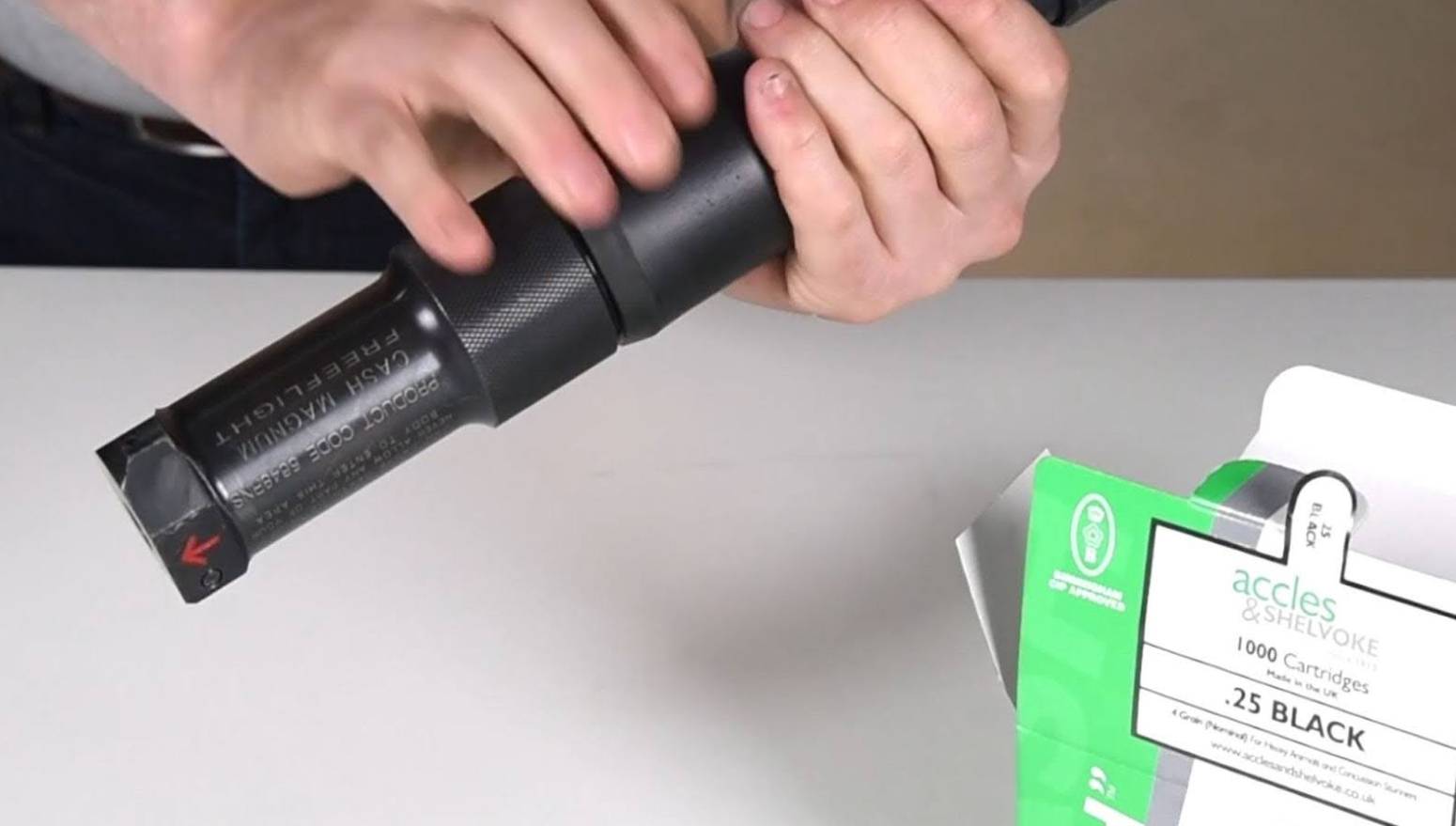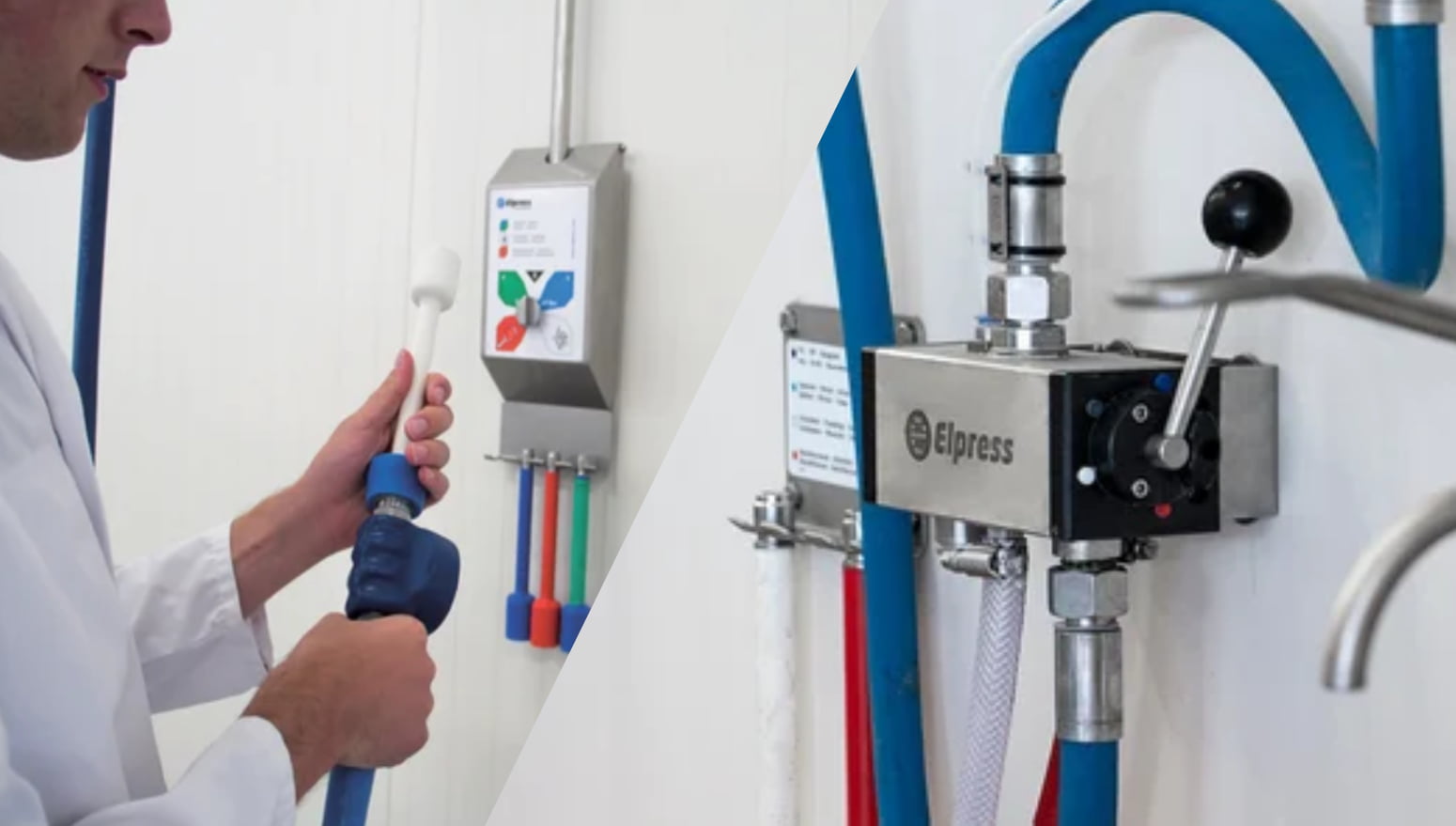Food manufacturers and processors have relied on X-Ray technologies to inspect their products and protect their customers since the 1990s. After Dual Energy X-Ray Technology became the industry standard for modern food inspection, the general consensus was that it was a superior, more effective technology than Single Energy X-Ray, but is that really the case? Eagle Product Inspection looked deeper into the matter and found some interesting results.
What is Dual Energy X-Ray Technology and how does it work?
Like conventional Single Energy X-Ray Inspection Technology, Dual Energy X-Ray technology (like Material Discrimination X-Ray – MDX) involves using a generator to project an X-Ray beam onto a detector and passing a product through the beam. Dual energy differs from single energy X-Ray inspection as it uses two energy spectrums to discriminate between high and low channel X-Rays, as well as a dual-layer detector.
While the top detector is sensitive to lower energy the bottom detector is sensitive to higher energy. The two detectors are separated by a small copper plate that filters out the low-energy X-Ray and only allows the high-energy X-Ray to pass through to the high-energy detector.
Single Energy versus Dual Energy
Depending on the possible contaminants in the product, the product type, the packaging, the production speed and the customer specifications, the effectiveness of each technology can be tested in different ways to determine what applications it is best suited for.
Likely Contaminants
Single Energy X-Ray Inspection Technology used to inspect food products for contamination is very effective at detecting foreign bodies that exhibit an X-Ray absorption spike relative to the surrounding product’s absorption.
These kinds of systems give food manufacturers exceptionally high levels of detection for stainless steel, ferrous and non-ferrous metals. They are also extremely good at detecting glass, calcified bone, mineral stone and high-density plastics and rubber, regardless of their shape, size or location within a product.
However, Single Energy X-Ray Inspection Technology is much less capable of detecting thin glass, stones, rocks and low-density plastics and rubber in most food-based products.
Dual Energy X-Ray Technology is better at detecting objects that show a very small X-Ray absorption variation, meaning dense foreign bodies in dense products are more easily detected using dual energy X-Ray compared with single energy. For example, dual energy better detects flat glass and stone in mixed nuts, both of which can be challenging to detect using single energy detectors.
Dual Energy X-Ray Technology essentially removes most of the effect of product thickness variations and leaves an image that shows density difference based on chemical composition (atomic number).
Food products are typically organic in composition and, if solid or liquid, contain water. Chemically, food products consist primarily of hydrogen, carbon and oxygen. Any foreign body containing an element of a higher atomic number than carbon or oxygen becomes more easily detectable using dual energy technology.
Single energy technology typically finds foreign bodies that are visible in an X-Ray image, but many foreign bodies that are not readily visible in an X-Ray image may be detected using dual energy technology. For example, dual energy brings a distinct advantage when detecting inorganic foreign bodies such as flat glass (as opposed to cylindrical glass), bone, stones, rocks and low-density rubber and some plastics. Plastics and rubber that have inorganic filler or have a component of chlorine, bromine or fluorine also fall into this category.
Dual energy technology is especially good at detecting small aluminium. However, single energy detectors are better suited to detecting very small pieces of high-density material like ferrous metals.
It’s important to note that neither single nor dual energy X-Ray systems are capable of finding organic and near-organic (low atomic number) foreign bodies, for example wood and insects, in most food (organic-based) products.
Product & Product Type
Single Energy X-Ray Technology provides safety and quality assurance at every stage of the production process for a wide range of raw, bulk, pumped and packaged applications. However, finding foreign bodies in product with complex density levels (high variations in density) can prove challenging for single energy detectors as the varying densities create “busy” X-Ray images that are difficult for humans and machines to interpret.
In contrast, Dual Energy Technology lends itself to inspecting otherwise “busy” X-Ray images caused by products with high variations in density due its ability to discriminate materials by their chemical composition.
Dual Energy Technology can detect flat glass and stone in multi-textured foods such as trail mix, cereal, mixed nuts, granola bars, mixed salad leaves, French fries and confectionery. This would prove more difficult for conventional single energy technology which is better suited to inspecting products with more homogeneous textures.
Packaging
After considering the product and possible contaminants, it’s important to focus on the type of packaging material and whether or not the product will be inspected on its own or as part of a multipack.
Glass jars and bottles are one of the most difficult types of packaging to inspect. This is mainly because the primary potential contaminant is glass – the same material as the packaging. What’s more, metal cans and glass jars can also be challenging to inspect as parts of the containers will always be present in the inspected image.
Single Energy X-Ray Technology is ideal for inspecting a glass jar of jelly where the likely contaminant is glass, and modern special adaptive masking and inspection routines offer unsurpassed detection by dynamically adjusting to each individual pack.
Single Energy X-Ray Technology is also capable of inspecting unpackaged foods, as well as products in a variety of other packaging types such as metal and ceramic containers, plastic containers, cartons/boxes, pouches, bags/sacks, trays and tubes.
Dual Energy X-Ray Technology is able to detect inorganic contaminants in a variety of packaged products, and lends itself to finding foreign bodies in innovative packaging designs. Such packaging includes fold-out cardboard sandwich packaging and corrugated card encasements that can prove troublesome for traditional inspection tools.
In addition, dual energy detectors are ideal for inspecting multipacks such as a multipack case of chips. This is because the dual energy essentially removes the edges of the individual packages within the case, making it easier to see contaminants that could potentially be hiding inside the box.
Production Speed
Production speed can also affect the choice of X-Ray technology. As a rule of thumb, high-speed applications such as metal cans and flow-wrapped products like energy bars tend to be more suited to single energy X-Ray inspection.
Single Energy X-Ray Technology is ideal for most packaging lines with products travelling at speeds between 150 and 400 feet per minute. In contrast, Dual Energy X-Ray Technology is better at inspecting raw materials/ingredients such as nuts, which typically tend to be slower applications, travelling at speeds between 80 and 200 feet per minute.
Customer Specifications
Customer requirements also determine the X-Ray choice. For example, retail stores may specify that their suppliers must use inspection technology capable of detecting contaminants as small as .4mm, which can easily be achieved with many applications using Single Energy X-Ray Technology. This is because products will have been processed which increases the risk of small contaminants, in particular metal.
Alternatively, a processor may stipulate that a grower or farmer must have the capacity to detect 3mm tramp metal or rock/stone, which can be easily achieved using Dual Energy X-Ray Technology. Field contaminants are the only likely contaminants this far up the processing stream as the fresh crops won’t yet have been processed.
So which X-Ray Technology is best for you?
Before selecting a technology, it’s important to consider the type of product and the likely contaminants. For example, in whole potatoes, the most likely contaminants are stone or foreign objects like a golf ball, whereas in cookies or ready-to-eat foods, the most common contaminants are small metal and glass.
One thing is for sure, there is not usually an overlap regarding the selection of Single Energy or Dual Energy X-Ray Technology. Each application should be independently evaluated and food manufacturers should seek out the advice of an experienced X-Ray system supplier before making a decision.





